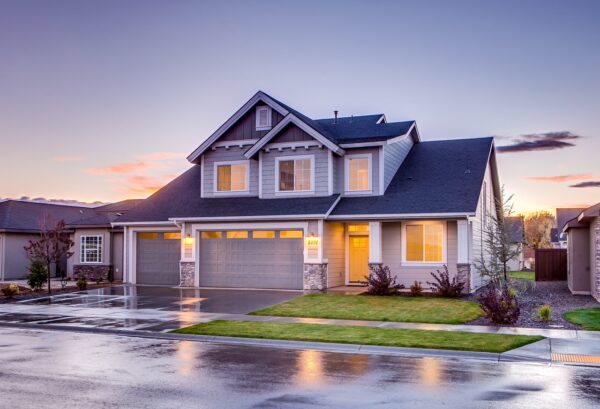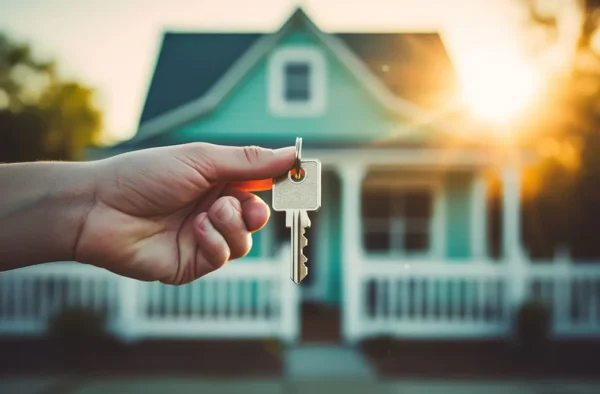VA home loans are mortgage options that private lenders provide for veterans, active-duty service members, and surviving spouses who qualify. The VA home loan program aims to aid eligible applicants in purchasing, refinancing, or improving a home at the most accessible and affordable price. The Department of Veterans Affairs guarantees a portion of VA home loans, reducing risk for private lenders and enabling eligible applicants to receive the most favorable terms. The benefits of these loans include zero down payment, competitive interest rates, and the absence of private mortgage insurance.
Eligibility for VA Home Loans
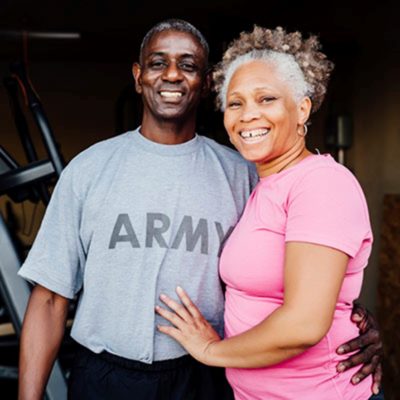
VA home loan requirements have applicants obtain a Certificate of Eligibility (COE). This verifies to lenders that applicants meet the necessary service requirements. These requirements vary based on the type and length of service. Specifically, veterans must have at least 90 days of active-duty service during wartime or a minimum of 181 days of continuous active-duty service during peacetime, provided they have not received a dishonorable discharge. Meanwhile, National Guard and Reserve members must complete at least six years of service in the National Guard or Reserves and receive either an honorable discharge or placement on the retired list. Also, active duty service members are eligible after completing 90 days of continuous active duty service. Surviving spouses married to a veteran who is missing in action or held as a prisoner of war are eligible. In addition to these VA home loan requirements, lenders may have additional requirements applicants must meet to before being approved.
What Type of Home Qualifies for a VA Loan
Borrowers can use VA loans to purchase various home types, including single-family homes, condominiums, mobile homes, and manufactured homes, as long as they meet the VA minimum property requirements (MPRs) and serve as the borrower’s primary residence. However, condominiums must be in a VA-approved complex, although borrowers can request approval for non-listed developments. Manufactured and modular homes must be permanently affixed to a foundation in adherence with HUD and VA home standards. Barndominiums, tiny homes, and other trendy properties may qualify for a VA loan if they meet the MPRs and other required standards. However, VA loans cannot be used to purchase vacant land unless it’s combined with a construction loan for an approved home. The primary criterion for any property is its safety, structural soundness, and move-in readiness, ensuring veterans have a stable place to call home.
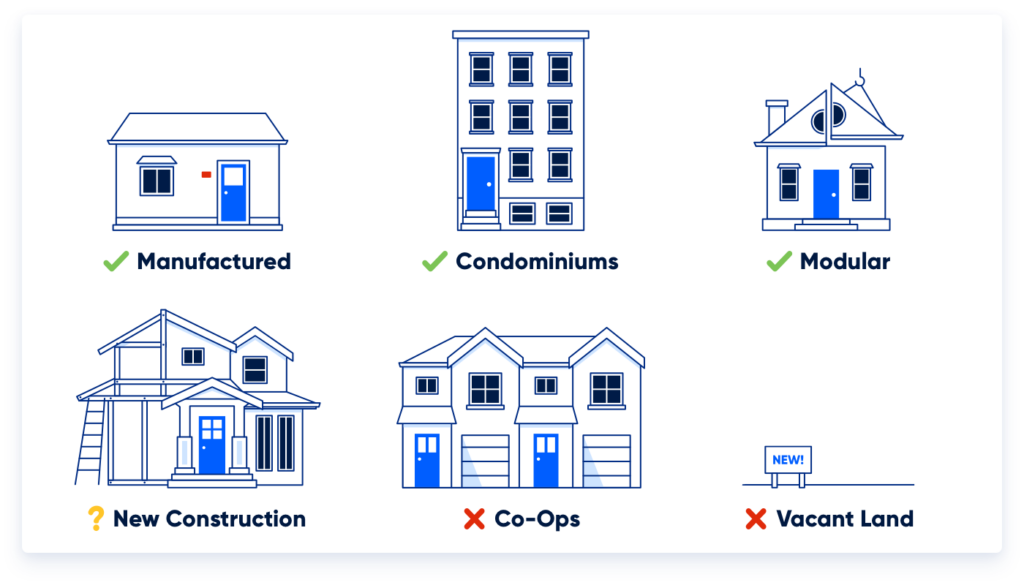
VA Refinancing Options
Veterans are provided two options when it comes to refinancing options through the VA loan program. First is the VA Interest Rate Reduction Refinance Loan (IRRRL) and second is the VA Cash-Out Refinance. The IRRRL also referred to as the VA Streamline is the most common refinancing option for veterans. This is a low-cost option, that in some cases doesn’t require credit underwriting, verification of income, or an appraisal. For veterans to be eligible for the VA IRRRL, they must currently have a VA loan, set a limit on the time it takes to regain costs and fees, and the new rate must be smaller than the previous one. The VA Cash-Out Refinance loan allows a veteran to exchange their current loan for a new one with different terms. Veterans also receive the option to take out cash on their home equity and can refinance up to 90 percent of their home value. The VA Cash-Out Refinance loan is open to veterans with or without a current VA loan, but they must qualify for a COE. This is a good refinancing option for veterans who do not currently have a VA mortgage.
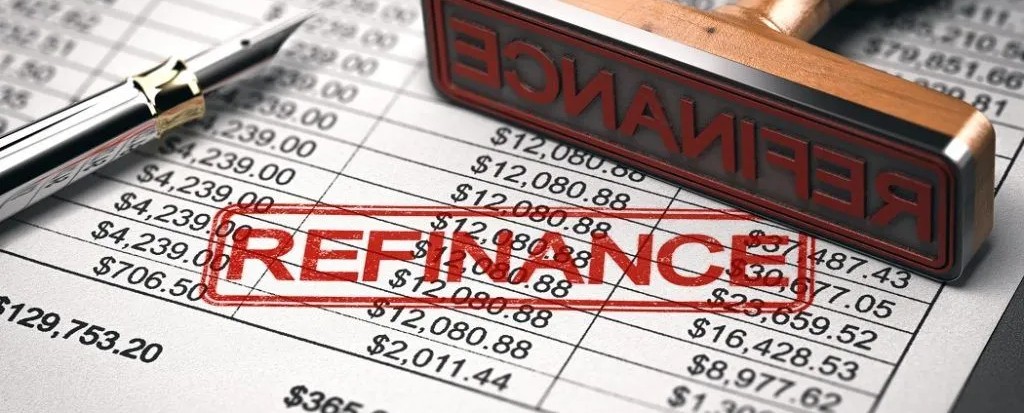
VA Home Loan Types
Multiple home loan types are available to eligible applicants. There are two Direct Home loan options, the first is a VA Direct home loan where the U.S. Department of Veteran Affairs serves as the mortgage lender by working directly with veterans to help them apply for and manage the home loan. The second Direct type is the Native American Direct Loan (NADL). The NADL applies to veterans or their spouses who are Native Americans. This loan helps them buy, build, and improve a home on federal trust land. Purchase Loans or VA-backed home loans are the third type. The VA-backed home loan is a great option in which the VA guarantees a portion of the loan you receive from private lenders. In the case of a foreclosure on the house, your guarantee allows recovery of some or all losses. Another favorable term is that nearly all VA-backed home loans have zero down payment. To qualify, applicants must meet a certain credit score standard and get the home appraised.
Summary
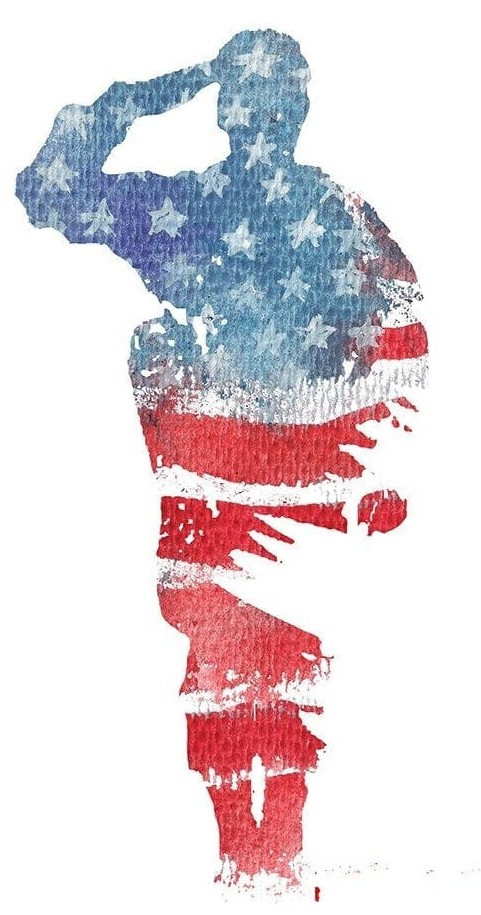
VA home loans provide a valuable pathway for veterans, active-duty service members, and qualifying spouses to achieve homeownership. With benefits like zero down payment, competitive/low interest rates, and no PMI it is the most favorable mortgage type. Understanding eligibility requirements, property qualifications, loan types, and VA refinancing options helps applicants make informed decisions about their mortgage choices. No matter whether refinancing, purchasing, or building, the VA loan program can make buying a home realistic for every veteran. To find more information on VA home loans, visit the U.S. Department of Veterans Affairs VA home page at, https://www.va.gov/housing-assistance/home-loans/.


